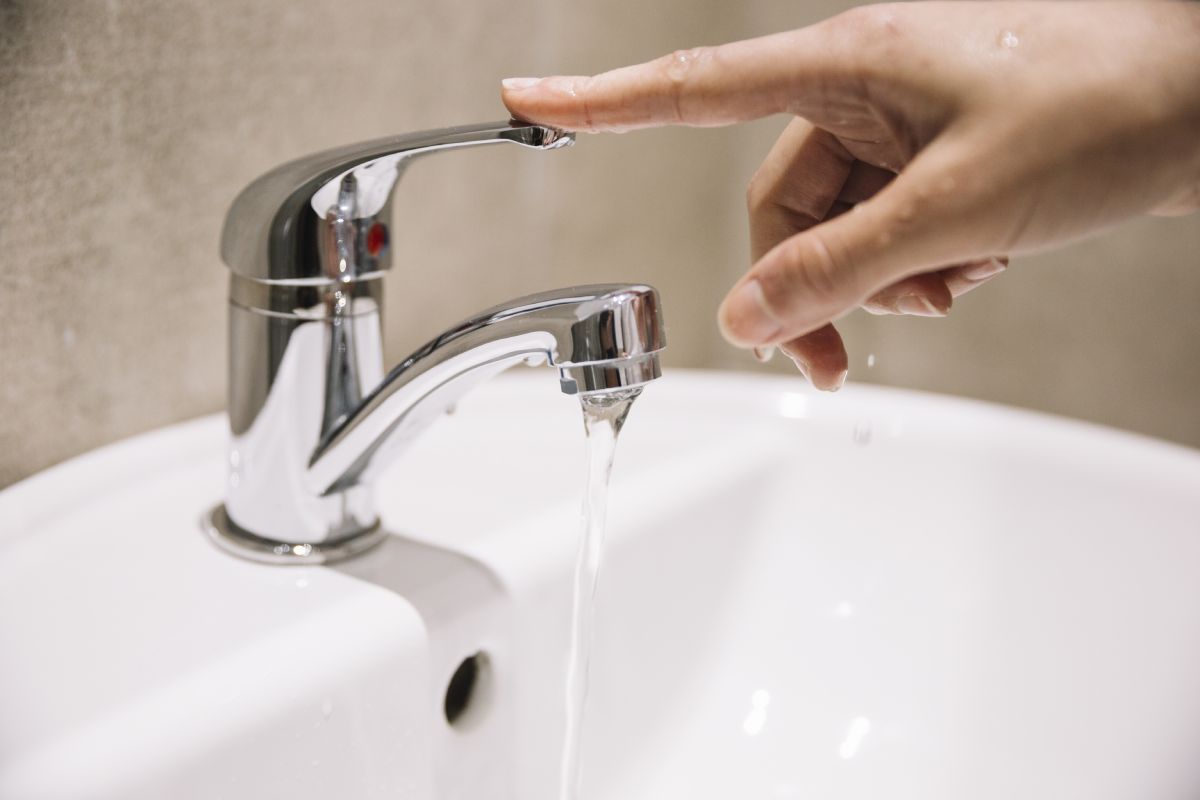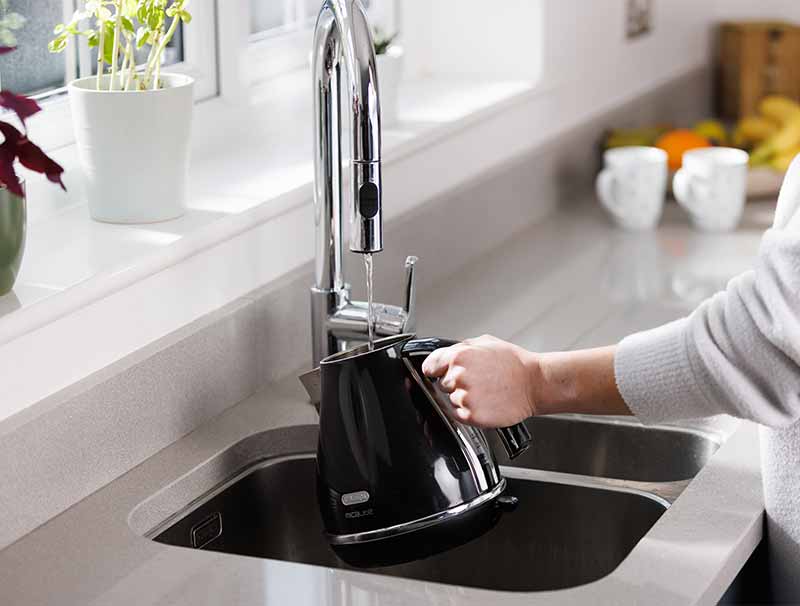Recommended Strategies for Addressing Low Water Pressure in Your Home
Recommended Strategies for Addressing Low Water Pressure in Your Home
Blog Article
Just about every person will have their own individual rationale on the subject of 10 Reasons for Low Water Pressure in Your House.

Low tide stress in your house can be a frustrating problem, affecting everything from bathing to cleaning dishes. If you're experiencing weak water circulation, there are numerous possible reasons and options to check out. In this overview, we'll go over common factors for low water stress and useful actions to attend to the issue successfully.
Introduction to Low Tide Stress
Low tide stress takes place when the circulation of water from your taps, showers, and other components is weaker than usual. This can make day-to-day tasks extra difficult and much less effective. Understanding the sources of low tide stress is important to discovering the appropriate service.
Usual Root Causes Of Low Water Stress
Faulty Stress Regulatory Authorities
Stress regulatory authorities are responsible for maintaining consistent water stress in your house. If they malfunction, it can result in low tide pressure or uneven flow throughout your home.
Local Water Issues
Sometimes, the issue lies outside your home. Metropolitan water system problems, such as main line leakages or upkeep job, can temporarily lower water pressure in your area.
Pipe Obstructions
Over time, pipes can end up being obstructed with natural resource, debris, or particles, limiting the flow of water. This is an usual concern in older homes with galvanized steel pipes.
Deterioration
Deterioration within pipelines can bring about leakages and minimized water pressure. Corrosion build-up can tighten water flow, especially in maturing plumbing systems.
Exactly How to Diagnose Low Water Pressure
Examining Pipelines
Inspect noticeable pipelines for signs of leakages, corrosion, or clogs. Pay attention to any kind of uncommon sounds, such as banging or rattling pipelines, which could suggest problems within the plumbing system.
Consulting with a Plumber
If you're incapable to pinpoint the root cause of low tide stress, take into consideration hiring a professional plumber to carry out an extensive assessment. They can recognize underlying concerns and recommend suitable options.
Checking Taps and Components
Start by evaluating the water stress at different taps and fixtures throughout your home. If the concern is separated to certain locations, it may show local problems.
Do It Yourself Solutions to Deal With Low Water Pressure
Flushing Hot Water Heater
Debris accumulation in the water heater can restrict flow and reduce efficiency. Purging the storage tank occasionally helps remove sediment and maintain ideal efficiency.
Checking Pressure Regulator
Make sure that the stress regulator is functioning appropriately. Changing or replacing the regulatory authority can assist recover correct water stress throughout your home.
Cleaning Aerators and Showerheads
Mineral deposits can accumulate in aerators and showerheads, reducing water circulation. Remove and clean up these elements regularly to boost water pressure.
Cleaning Clogs in Pipeline
For small blockages, attempt making use of a plumbing snake or chemical drainpipe cleaner to clear blockages in pipelines. Be cautious when using chemicals and follow security guidelines.
When to Call a Professional Plumber
If do it yourself initiatives fail to settle the issue or if you think substantial plumbing troubles, it's ideal to seek aid from an accredited plumber. They have the competence and tools to deal with intricate concerns safely and efficiently.
Safety Nets to Keep Water Pressure
Installing a Pressure Booster
Take into consideration setting up a stress booster pump to improve water stress in locations with regularly reduced circulation. This can be especially useful for multi-story homes or buildings with high-demand fixtures.
Monitoring Water Use
Bear in mind water usage behaviors and prevent ill-using the plumbing system. Basic adjustments, such as shocking showers and laundry lots, can help preserve ample water pressure.
Normal Upkeep
Set up routine upkeep for your plumbing system to avoid concerns such as rust, leakages, and blockages. Addressing minor issues early can assist stay clear of even more significant repair services later.
Verdict
Managing low tide pressure can be frustrating, however identifying the underlying causes and applying proper solutions can restore optimum circulation throughout your home. Whether it's cleansing aerators, examining pipelines, or speaking with a plumber, taking proactive steps can make sure a steady supply of water for your everyday needs.
FOUR WAYS TO FIX LOW WATER PRESSURE NOW
Turning on a shower or faucet only to find the water comes out in a sad, slow drizzle is never a good feeling. How exactly are you supposed to wash a pan or take a quick shower when it takes 10 minutes just to rinse off a little soap? The good news is that when your water pressure is bad, there's always a cause: typically one that can be easily fixed. Here are some of the most common causes of low pressure and what you can do to fix the issue:
DEBRIS AND MINERAL DEPOSIT BUILDUPS
If you notice low water pressure from just one or two of the fixtures in your house, the problem likely has to do with debris buildup. Water is full of minerals and other debris, all of which can accumulate in your pipes and on your fixtures. This can cause a blockage that affects how much water flows through. To fix this, try filling a small plastic bag with white vinegar, and use a rubber band to hang it around your showerhead or faucet. Let the head of the fixture soak for a few hours, and the vinegar should loosen the deposits.
WATER LEAKS
Leaks are another common cause of low water pressure. If water is flowing out of your plumbing through a hole or crack before it can reach your fixture, the pressure coming out of the faucet or showerhead will be lower. A plumbing professional is your best bet for finding and repairing a leak in your water supply pipes.
Leaks are another common cause of low water pressure. If water is flowing out of your plumbing through a hole or crack before it can reach your fixture, the pressure coming out of the faucet or showerhead will be lower. A plumbing professional is your best bet for finding and repairing a leak in your water supply pipes.
A VALVE ISSUE
If you have low water pressure throughout your home, check your main shut-off valve to make sure it's completely open. You may also want to see if there's a pressure-reducing valve installed. If there is, have a plumber help you adjust the settings to get the pressure you're looking for.
OTHERS USING WATER
Believe it or not, your low water pressure could be caused by your neighbors. If you notice low pressure at certain times of day, it may be because you and the people living next to you have similar schedules - when everyone is showering at the same time, the pressure will be lower in every home. Low pressure throughout the neighborhood may also be caused by an issue with your municipal water supply. If that's the case, call the supplier to see if they're working on the issue.
https://www.rotorooter.com/blog/water-leaking/low-water-pressure-fixes/

As an avid person who reads about Low Water Pressure in the House?, I assumed sharing that piece was valuable. Those who enjoyed our blog posting please make sure you remember to share it. I cherish your readership.
Call Today Report this page